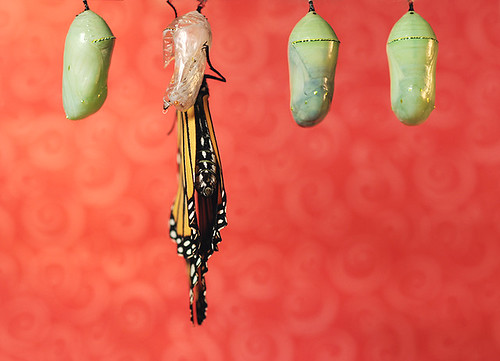 Monarch Butterfly Chrysalis
Monarch Butterfly Chrysalis Monarch Butterfly Chrysalis
Monarch Butterfly Chrysalis Monarch Butterfly Chrysalis
Monarch Butterfly Chrysalis Monarch Butterfly Chrysalis
Monarch Butterfly Chrysalis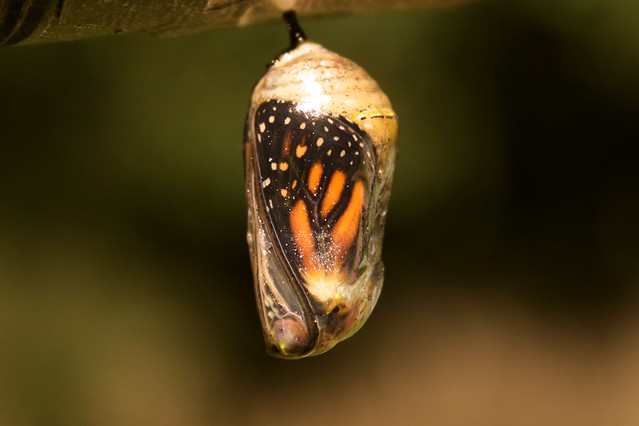 Monarch Butterfly Chrysalis
Monarch Butterfly Chrysalis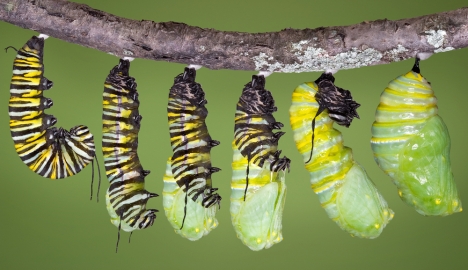 Monarch Butterfly Chrysalis
Monarch Butterfly Chrysalis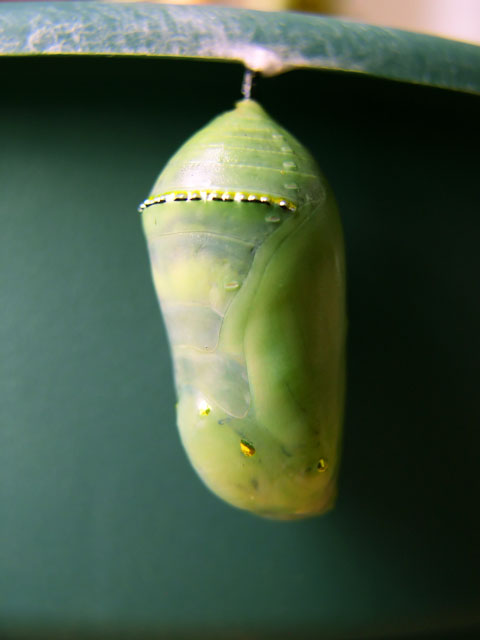 Monarch Butterfly Chrysalis
Monarch Butterfly ChrysalisThe Life Cycle(s) of a Monarch Butterfly
Monarch butterflies go through four stages during one life cycle, and through four generations in one year. It’s a little confusing but keep reading and you will understand. The four stages of the monarch butterfly life cycle are the egg, the larvae (caterpillar), the pupa (chrysalis), and the adult butterfly. The four generations are actually four different butterflies going through these four stages during one year until it is time to start over again with stage one and generation one.
In February and March, the final generation of hibernating monarch butterflies comes out of hibernation to find a mate. They then migrate north and east in order to find a place to lay their eggs. This starts stage one and generation one of the new year for the monarch butterfly.
In March and April the eggs are laid on milkweed plants. They hatch into baby caterpillars, also called the larvae. It takes about four days for the eggs to hatch. Then the baby caterpillar doesn’t do much more than eat the milkweed in order to grow. After about two weeks, the caterpillar will be fully-grown and find a place to attach itself so that it can start the process of metamorphosis. It will attach itself to a stem or a leaf using silk and transform into a chrysalis. Although, from the outside, the 10 days of the chrysalis phase seems to be a time when nothing is happening, it is really a time of rapid change. Within the chrysalis the old body parts of the caterpillar are undergoing a remarkable transformation, called metamorphosis, to become the beautiful parts that make up the butterfly that will emerge. The monarch butterfly will emerge from the pupa and fly away, feeding on flowers and just enjoying the short life it has left, which is only about two to six weeks. This first generation monarch butterfly will then die after laying eggs for generation number two.
The second generation of monarch butterflies is born in May and June, and then the third generation will be born in July and August. These monarch butterflies will go through exactly the same four stage life cycle as the first generation did, dying two to six weeks after it becomes a beautiful monarch butterfly.
/www.monarch-butterfly.com
 Butterfly Chrysalis Info
Butterfly Chrysalis Info Butterfly Chrysalis Info
Butterfly Chrysalis Info

 Butterfly Chrysalis Info
Butterfly Chrysalis Info Butterfly Chrysalis
Butterfly Chrysalis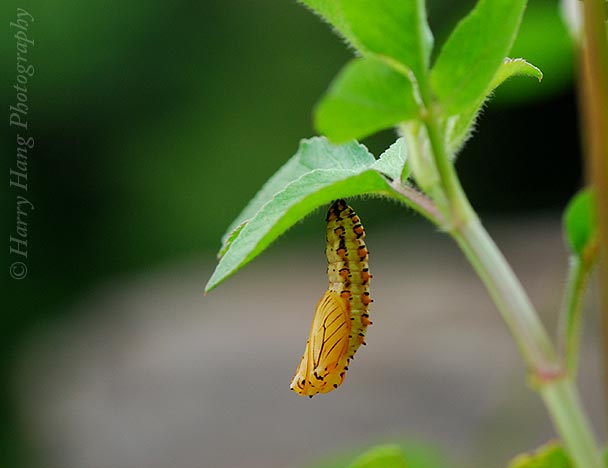 Butterfly Chrysalis
Butterfly Chrysalis Butterfly Chrysalis
Butterfly Chrysalis Butterfly Chrysalis
Butterfly Chrysalis Butterfly Chrysalis
Butterfly Chrysalis Butterfly Chrysalis
Butterfly Chrysalis







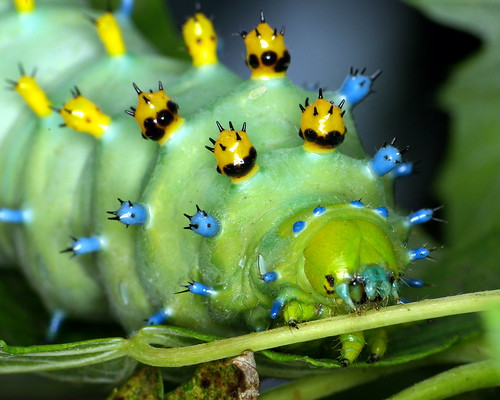 Cecropia Moth Caterpillar Beautiful Picture
Cecropia Moth Caterpillar Beautiful Picture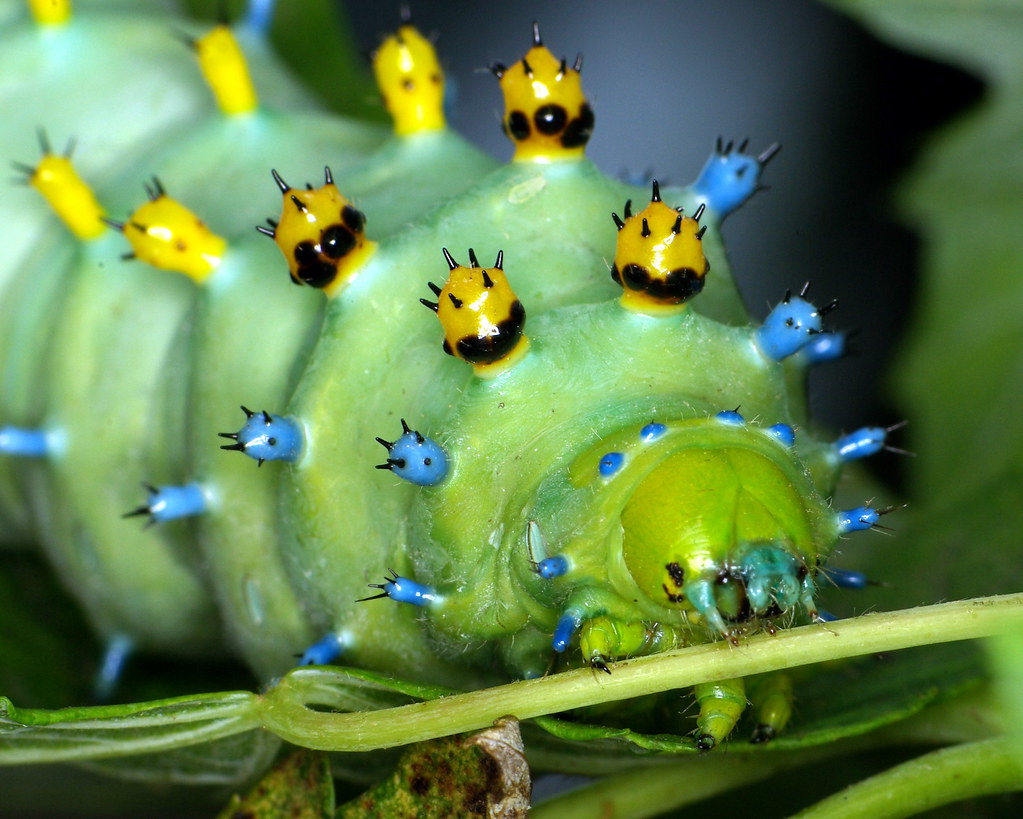 Cecropia Moth Caterpillar Beautiful Wallpaper
Cecropia Moth Caterpillar Beautiful Wallpaper 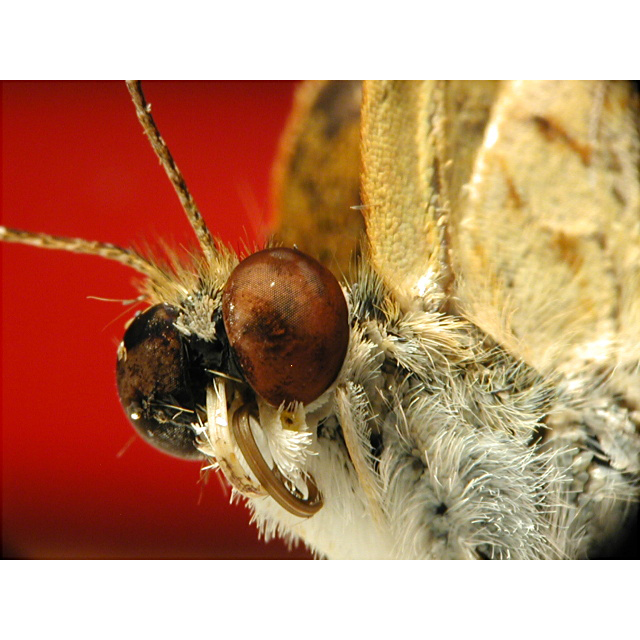 Best Beautiful Butterfly Pictures
Best Beautiful Butterfly Pictures Best Beautiful Butterfly Pictures
Best Beautiful Butterfly Pictures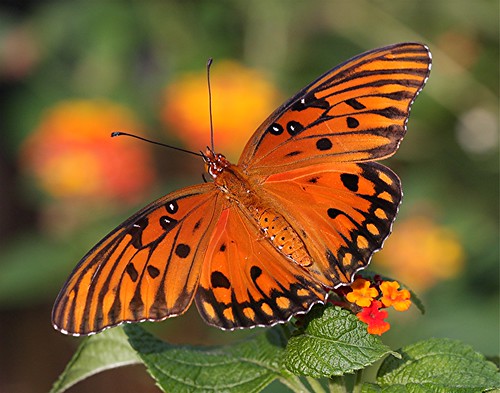 Best Beautiful Butterfly Pictures
Best Beautiful Butterfly Pictures Best Beautiful Butterfly Pictures
Best Beautiful Butterfly Pictures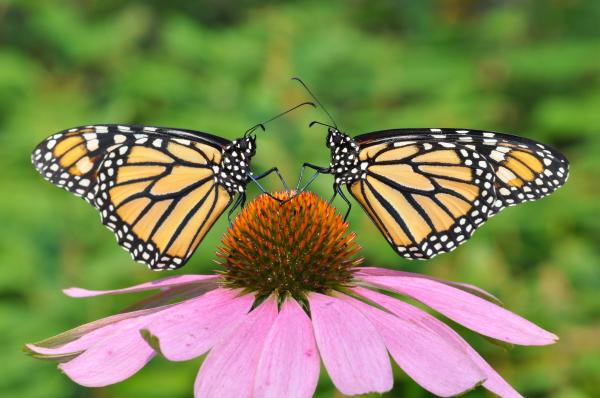 Best Beautiful Butterfly Pictures
Best Beautiful Butterfly Pictures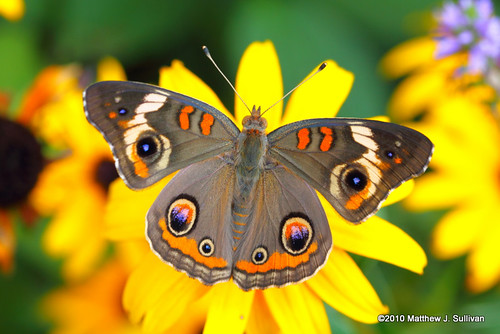 Best Beautiful Butterfly Pictures
Best Beautiful Butterfly Pictures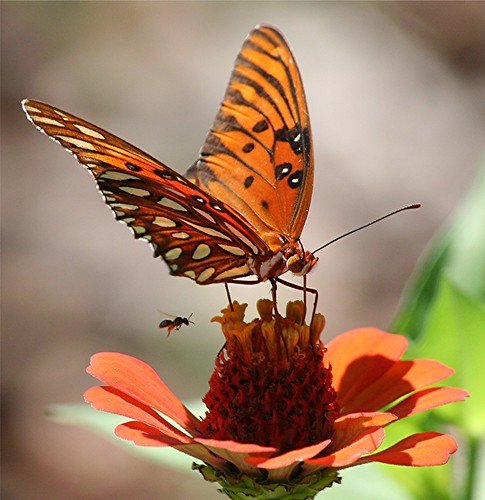 Best Beautiful Butterfly Pictures
Best Beautiful Butterfly Pictures





